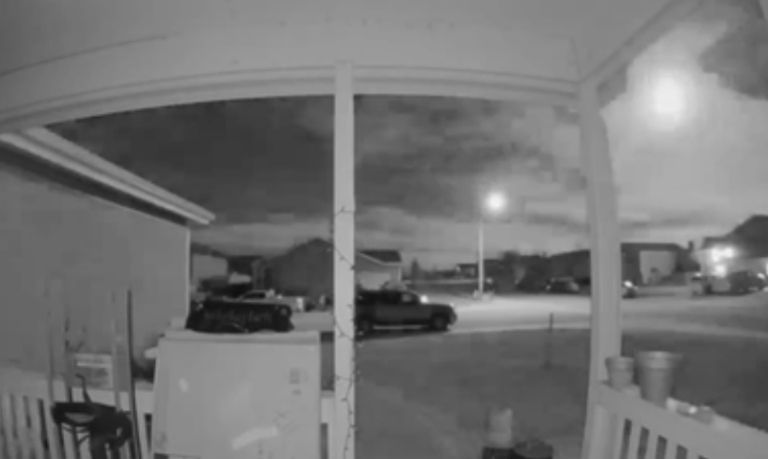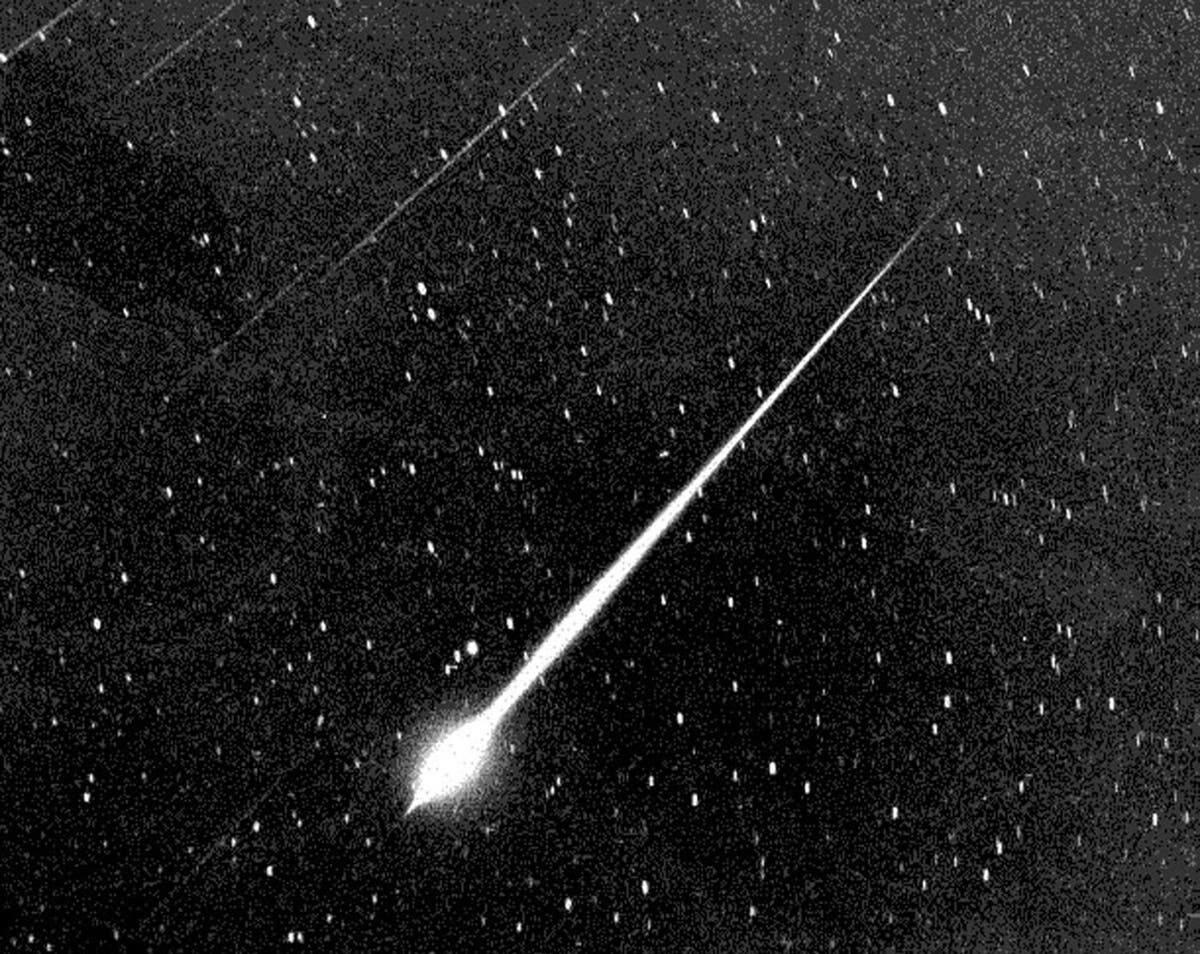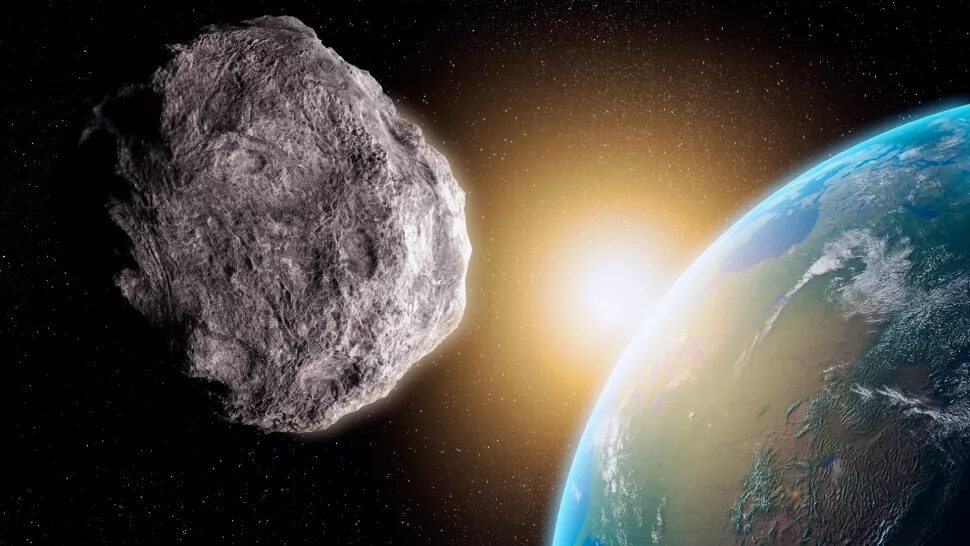"Only about 25 asteroids with orbits completely within Earth's orbit have been discovered to date because of the difficulty of observing near the glare of the sun."
© DOE/FNAL/DECam/CTIO/NOIRLab/NSF/AURA/J. da Silva/SpaceengineAsteroids in the inner system are notoriously hard to detect because of the glare of the sun.
The 0.9-mile-wide (1.5 kilometers)
asteroid is the largest potentially hazardous asteroid spotted in the past eight years and astronomers have dubbed it a "planet killer" because the effects of its impact would be felt across multiple continents.
The asteroid, named 2022 AP7, managed to avoid detection for so long because it orbits in the region between
Earth and
Venus. To spot space rocks in this area, astronomers have to look in the direction of the
sun, and that is notoriously difficult due to the sun's luminosity. For example, flagship telescopes such as the
James Webb Space Telescope and the
Hubble Space Telescope never look toward the sun, as the
star's brightness would fry their sensitive optics.
Because of that, astronomers have only a limited understanding of the nature of asteroids lurking in this region, and sometimes, surprises may happen. In 2013, a much smaller asteroid, only 66 feet wide (20 m), arrived from the direction of the sun completely without warning. That asteroid exploded above the city of
Chelyabinsk in southeastern Russia, shattering windows on thousands of buildings.




Comment: Better footage available here: Fireball caught on doorbell cameras shoots across Casper skies early Wednesday